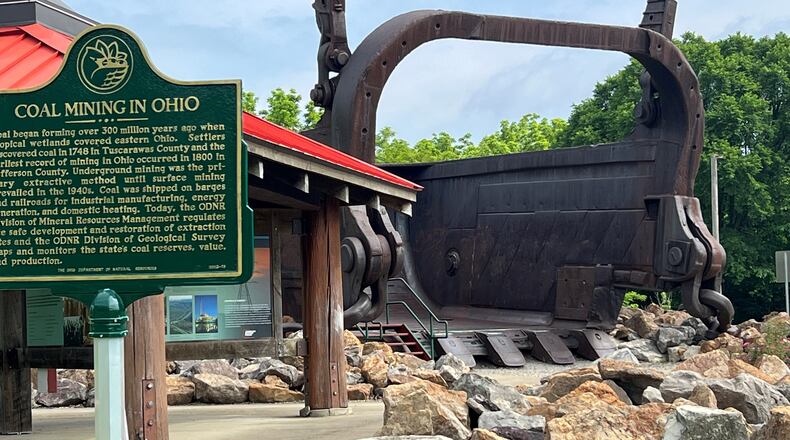“Big Muskie wasn’t just a machine, it was a symbol of American industry, ambition and the evolution of energy production,” said ODNR Director Mary Mertz. “By preserving its story at Jesse Owens State Park, we’re recognizing both the ingenuity that defined an era and the environmental awareness that followed. This historical marker gives Ohioans the chance to reflect on how far we’ve come and where we want to go next.”
ODNR said the historical marker at Miner’s Memorial Park at Jesse Owen pays tribute to the largest walking dragline ever built and its role in shaping Ohio’s coal mining legacy and landscape.
When the machine was in operation, four crews operated to keep the Bucyrus-Erie 4250W dragline running at peak production, extracting up to a million tons of coal annually from southeastern Ohio. Additionally, its immense size at 240 feet tall and more than 480 feet long, helped usher in a “new era of strip mining, moving the industry away from underground methods toward massive earth-moving operations.”
The machine’s legacy is also one of environmental transition: when the 1990 Clean Air Act Amendments halted demand for high-sulfur coal, Big Muskie was retired and later dismantled in 1999, according to ODNR.
ODNR said the only remaining piece of Big Muskie is the iconic 220-cubic-yard bucket at Miner’s Memorial Park, where the marker tells the story of coal’s origins and Ohio’s long-standing relationship with the resource—from its discovery in 1748 and continuing through centuries of underground and surface mining techniques.
About the Author
